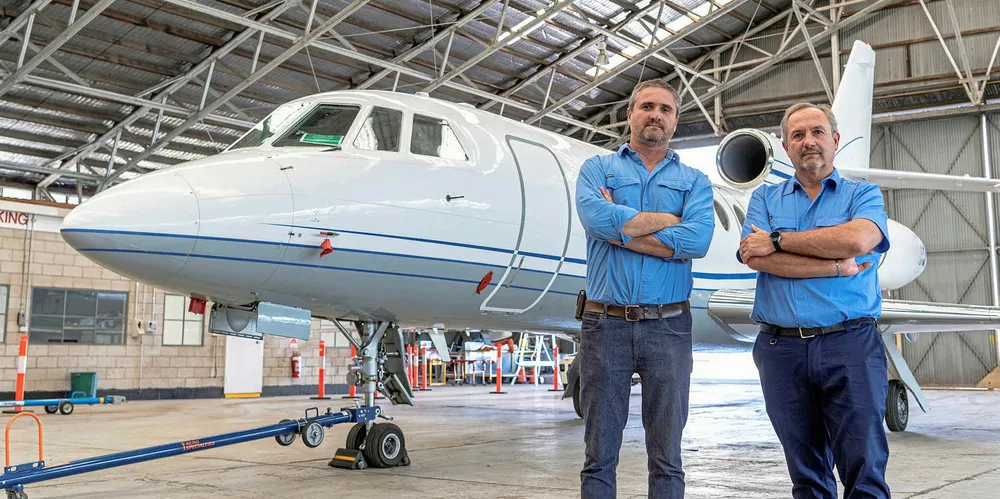Liquid ammonia is the ‘best route to carbon-free flight’, says hydrogen aviation start-up
Aviation H2 aims to have its first ammonia-powered aircraft in the sky by the middle of next year, but what about the NOx emissions?

Aviation H2 aims to have its first ammonia-powered aircraft in the sky by the middle of next year, but what about the NOx emissions?
